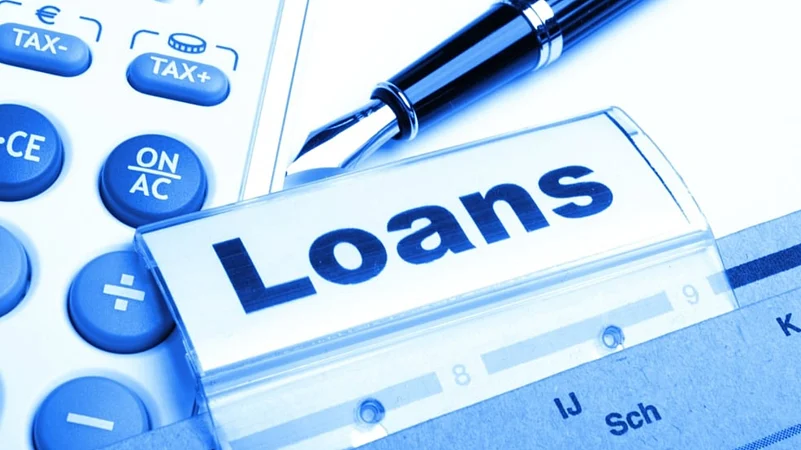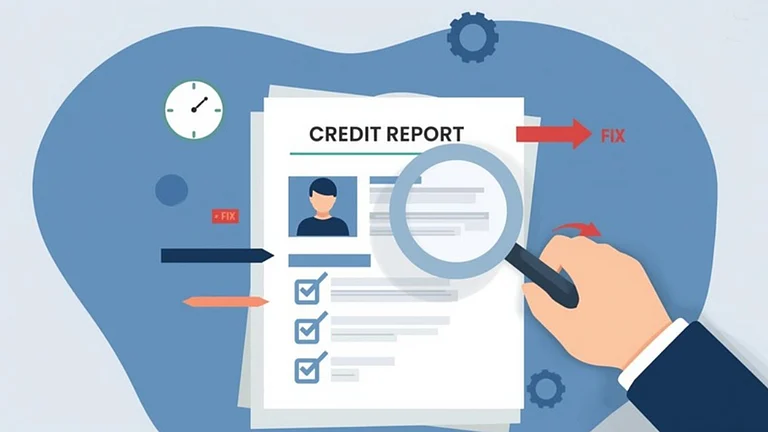Term loans are a financial tool that helps small business owners with a lump sum amount as a loan. These loans are usually available with repayment plans falling between 12 months to 10 years, depending on the type of loan. Term loan is one of the preferred options for Small and Medium Enterprises (SMEs), who are looking for capital expansion, equipment shopping or operational expenditure, as per the RBI.
The loans are sanctioned at either fixed or floating interest rates and follow a predetermined repayment cycle, which is usually every month. It is supposed to give a reliable path to steady cash flow management, especially for companies planning to scale up without running out of working capital.
What Are The Types Of Term Loans
Short-Term Loans
Short-term loans are usually required to be paid between 12 and 18 months. These loans are suitable for urgent business needs, such as cash flow gaps, or it could be immediate operational costs. As this comes with the advantage of quick disbursal and minimal documentation needs, they can be availed at a relatively higher interest rate compared to longer-term loans.
Interest rates could vary between 11 per cent to 22 per cent per annum, depending on the lender and borrower profile, as per Bankbazaar.
Intermediate-Term Loans
Intermediate-term loans are designed for a repayment window of 1 to 5 years. This option is more suited for medium-term investments such as office upgrades or product development. Interest rates are usually moderate, with clearly structured repayment terms.
The interest rate for this load could vary between 8.75 per cent and 16 per cent annually, depending on the kind of loans (e.g. loans against property or business loans).
Long-Term Loans
This kind of term loan is available for a tenure of 5 to 10 years, these are suitable for large-scale investments like property acquisition or major equipment shopping. The long duration of this loan lets individuals borrow at lower interest rates, however, most lenders ask for collateral to manage risk.
The average interest rate change on such loans is around 8.75 per cent.
Notes: There are additional costs like processing fees and, the cost of insuring loans that a borrower must take into account while availing a loan.
Terms Loan Features
Fixed Loan Amount: The sanctioned loan amount is fixed as per the borrower’s financial status.
Structured Repayment: Borrowers agree to clear the dues on time via monthly EMIs.
Interest Flexibility: Lenders will offer either fixed or floating interest options.
Secured or Unsecured: In the case of long-term loans, it usually requires collateral, but some lenders may extend credit based on financial status and credit history.
High Limits: Depending on the borrowers’ credit history and the lender’s terms, the loan amount can be sanctioned.
Approval Factors
Credit Score: Lenders assess borrowers’ creditworthiness to figure out loan size and lending rate.
Income Stability: Lenders also asses how steady the cash flow has been and the timely repayments.
Loan Purpose: The term loan also requires a clear business rationale, which could improve the chances of loan approval.
Collateral: Such long-term loans usually require a pledged asset to serve as collateral against the loan.
Pros and Cons
Advantages
These loans come with predictable monthly instalments, helping the borrower to plan their finances.
Businesses can take advantage of term loans to access funds for a range of purposes that are structured and affordable.
Disadvantages
When the term loan is secured, defaulting on it can lead to asset loss and damaged business credit. Additionally, high debt liabilities can impede profitability and shareholder returns. The terms of some loans are rigid, limiting their flexibility.
















